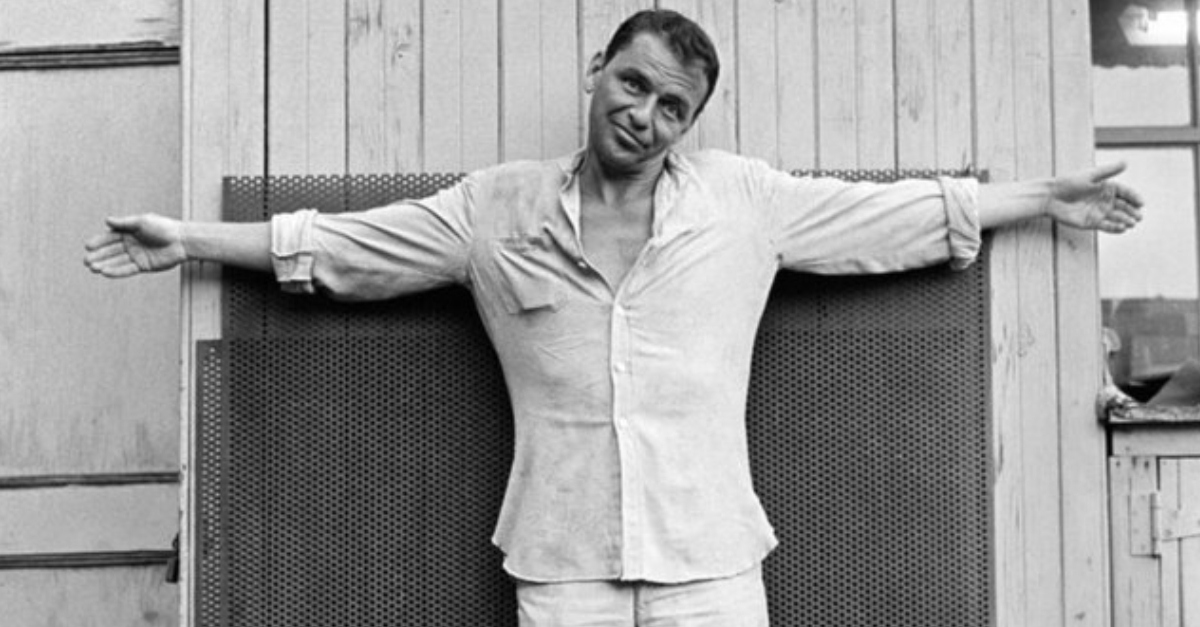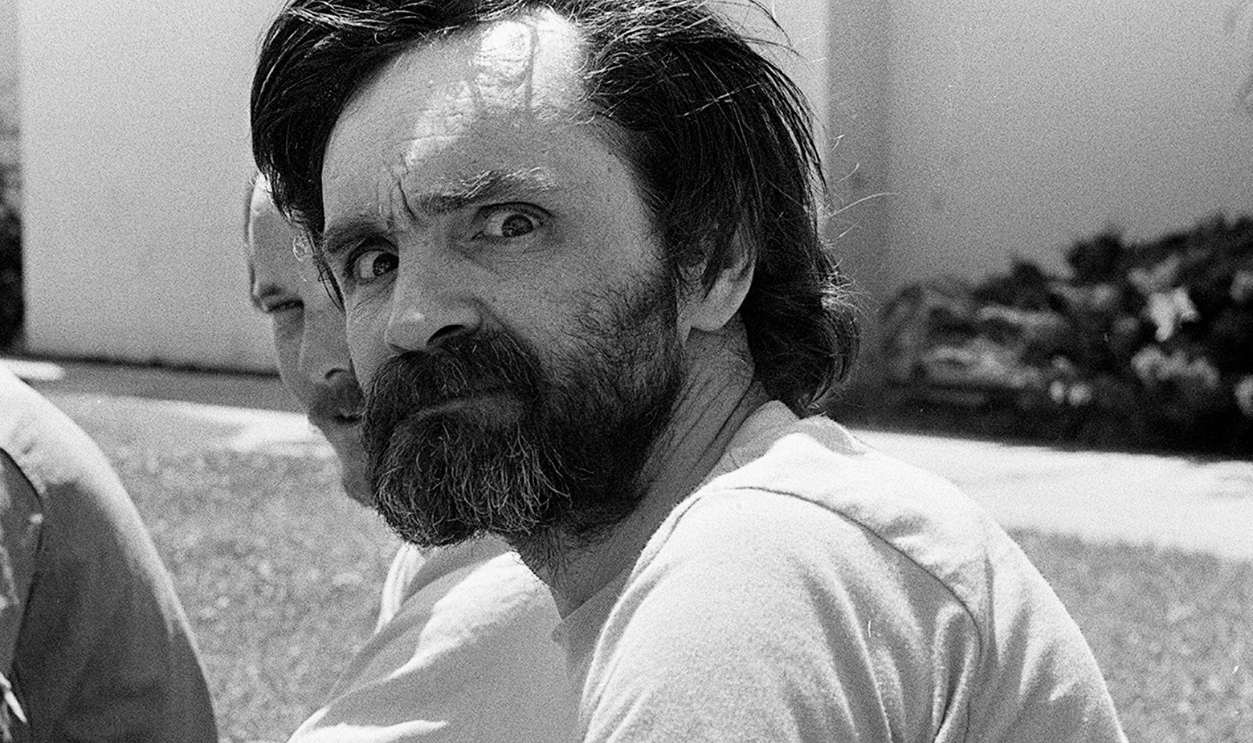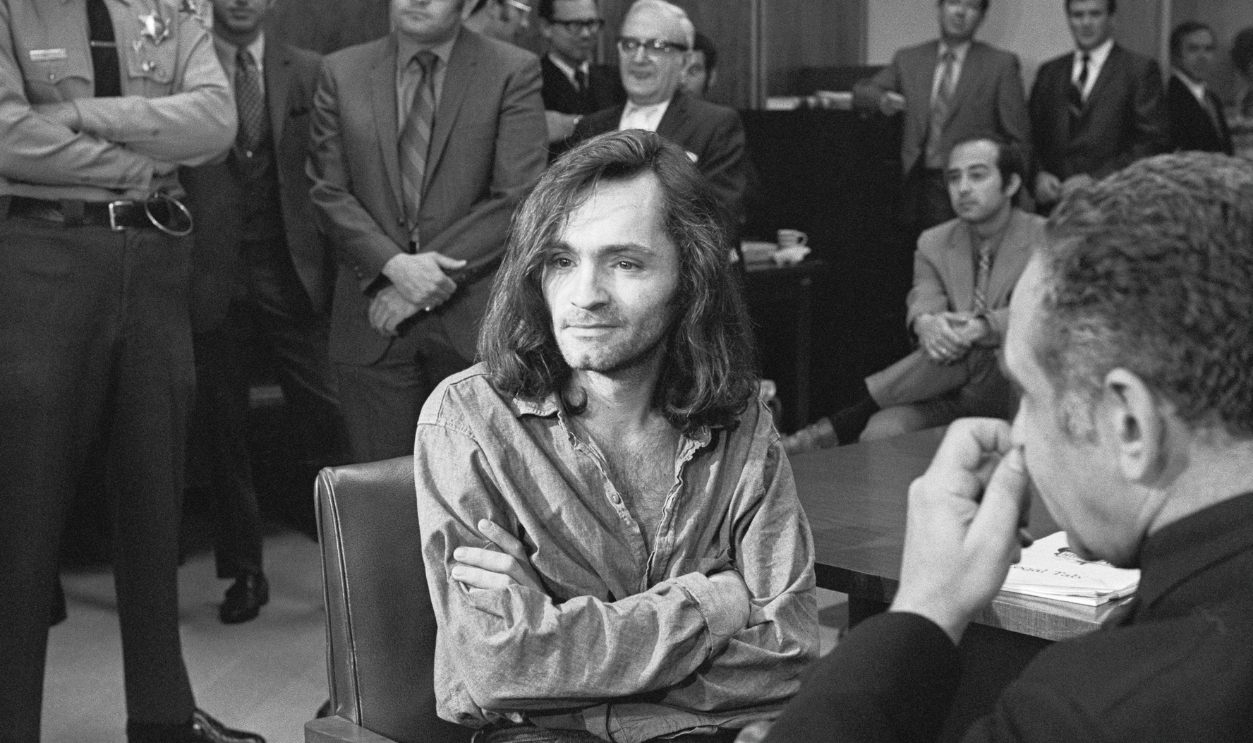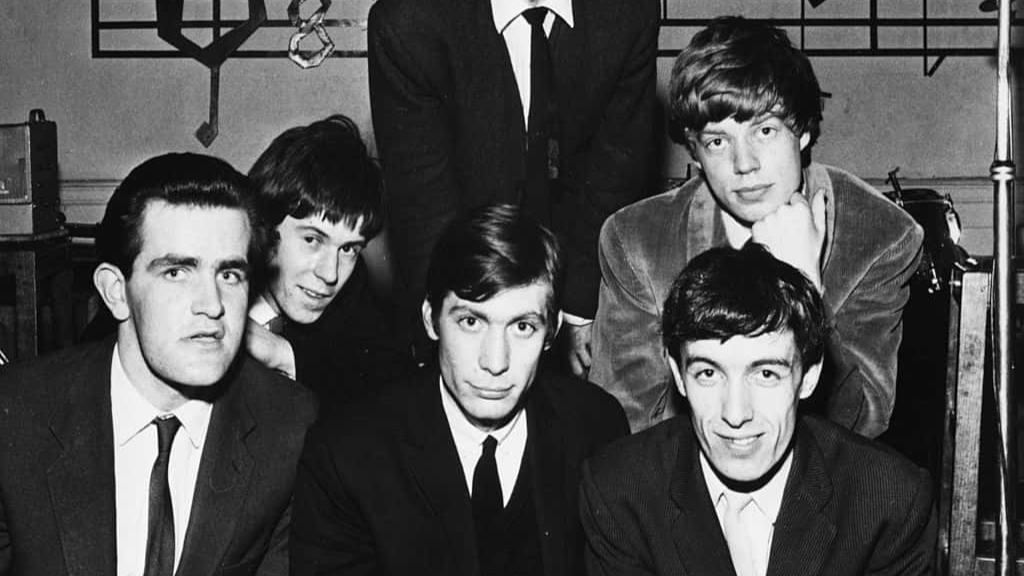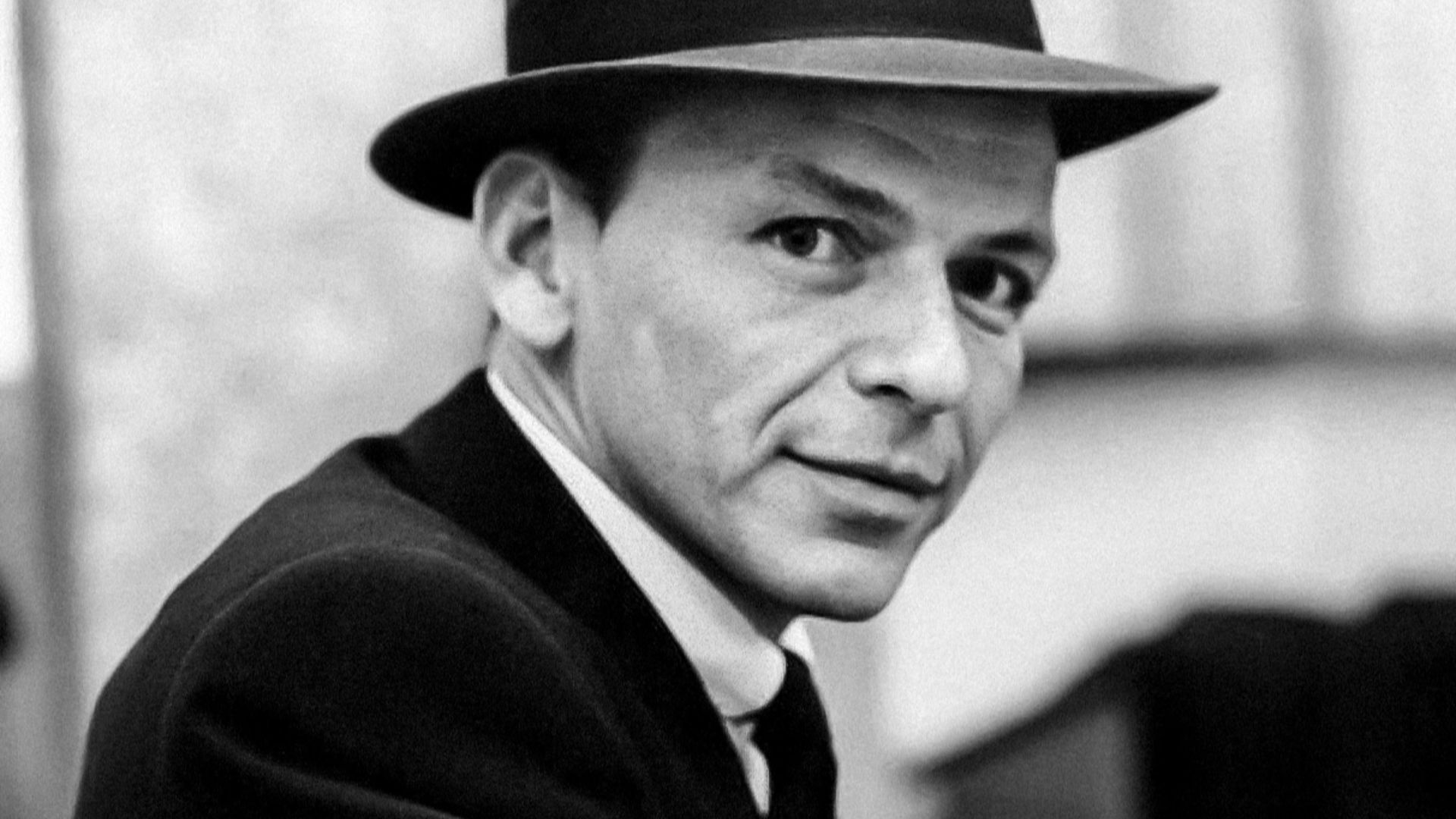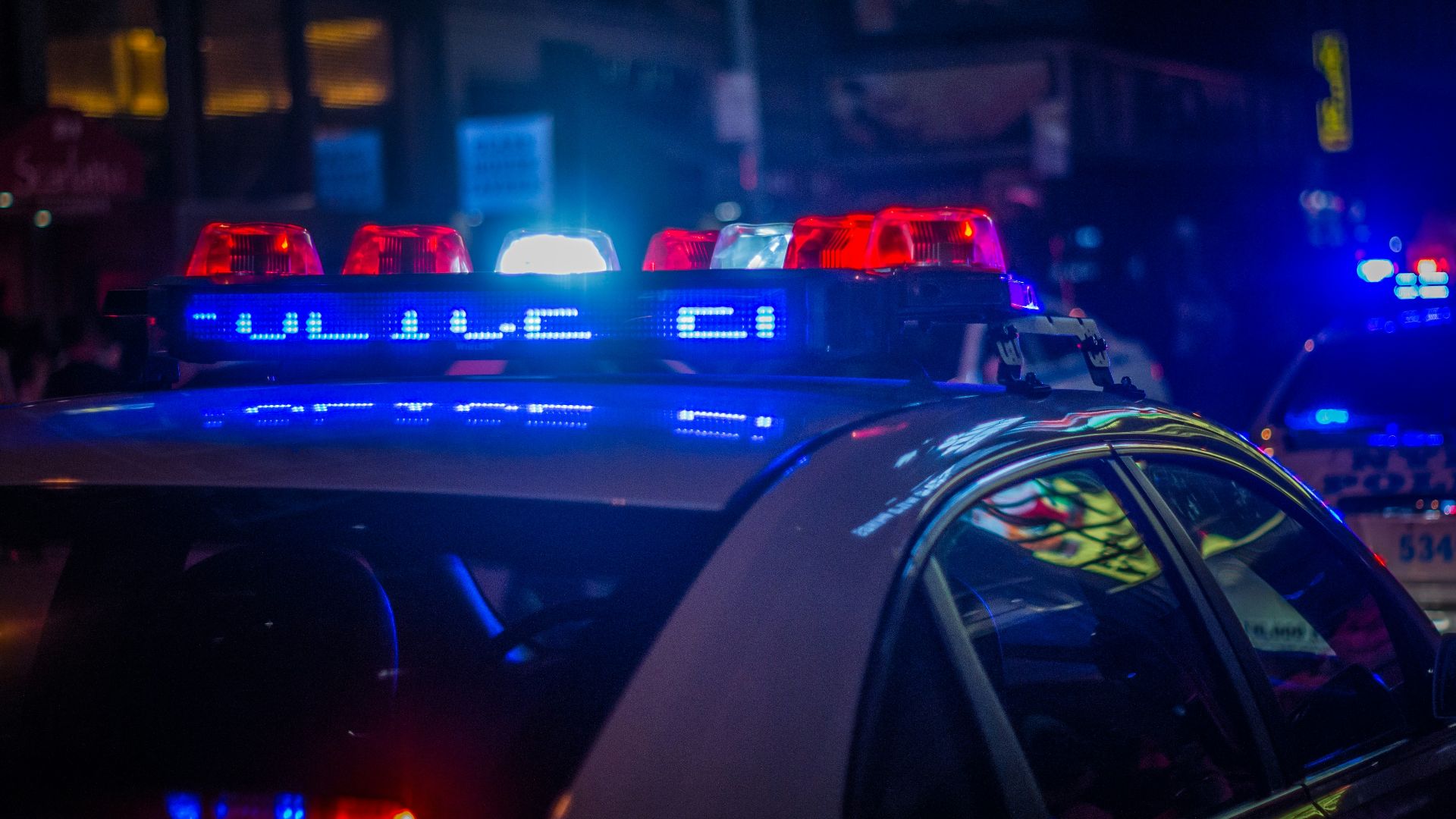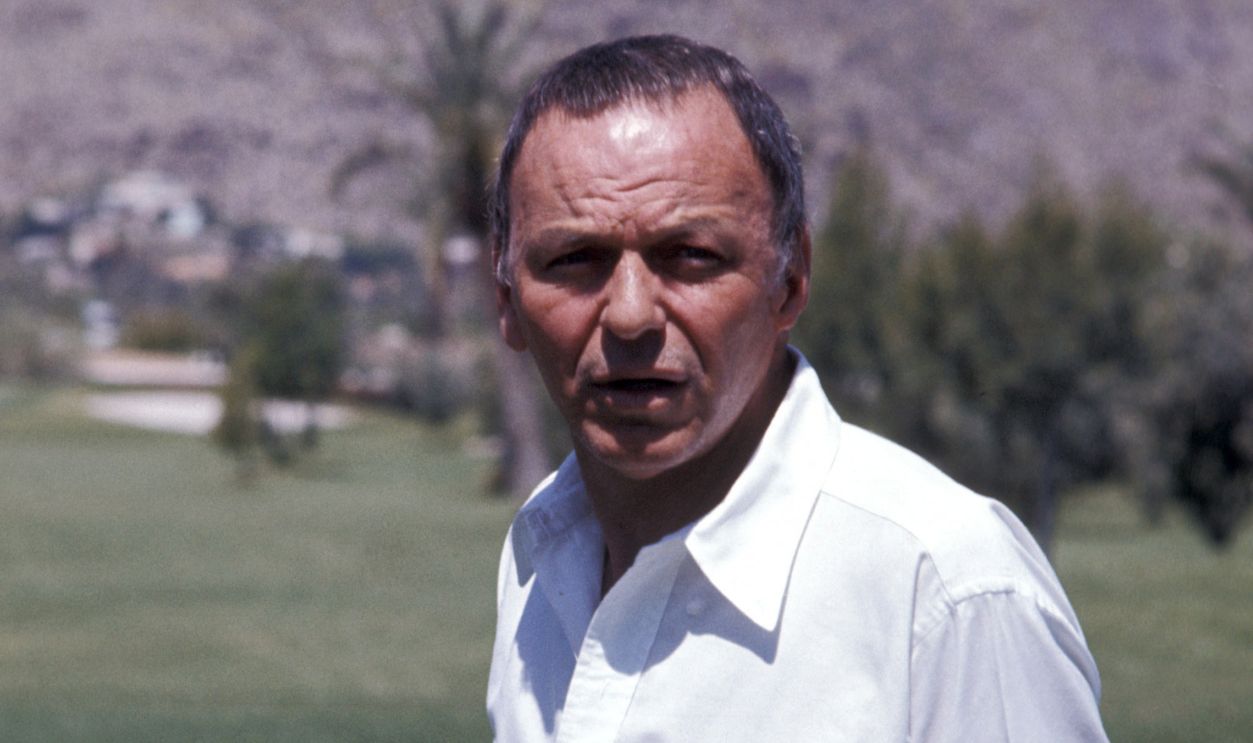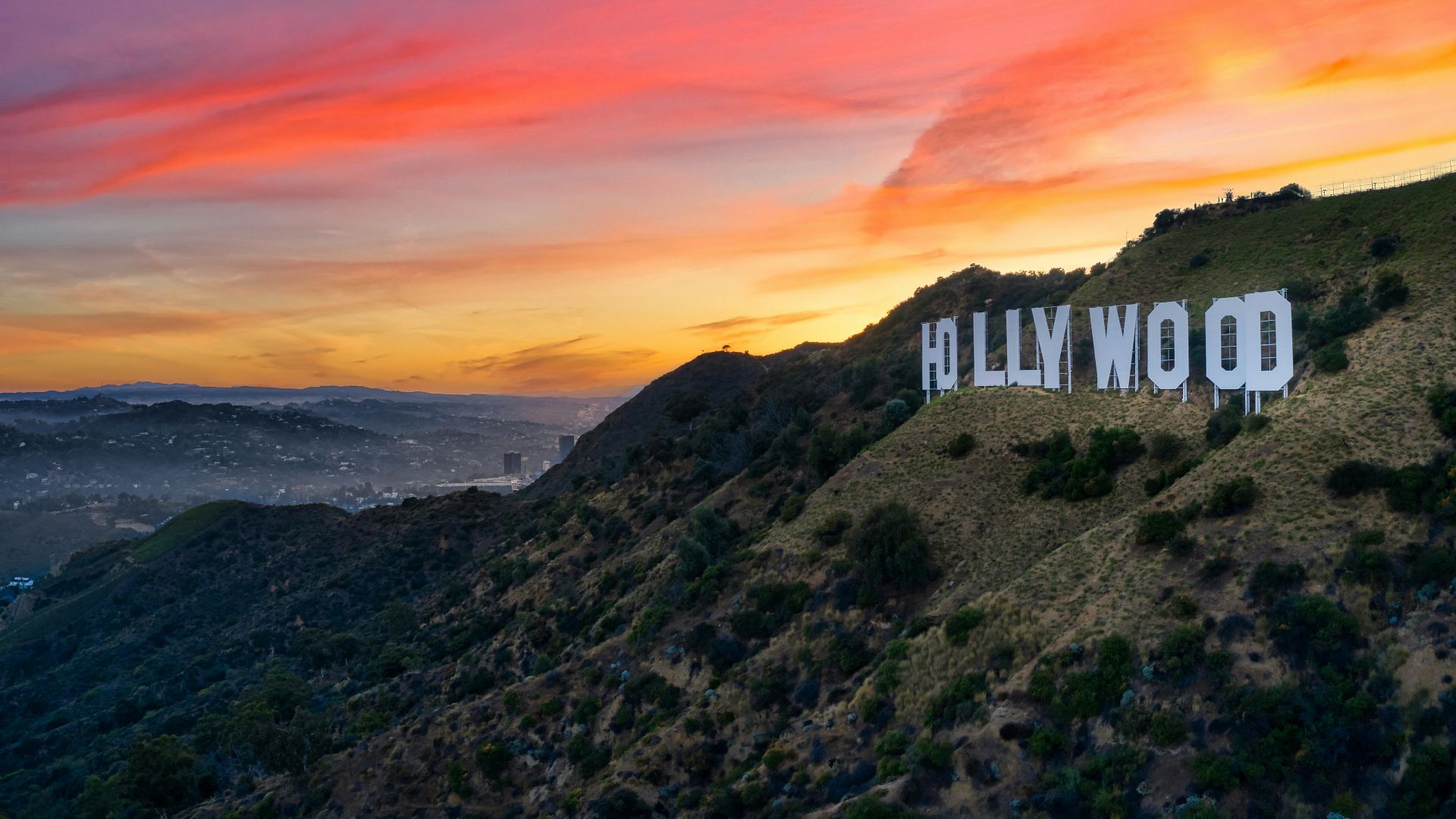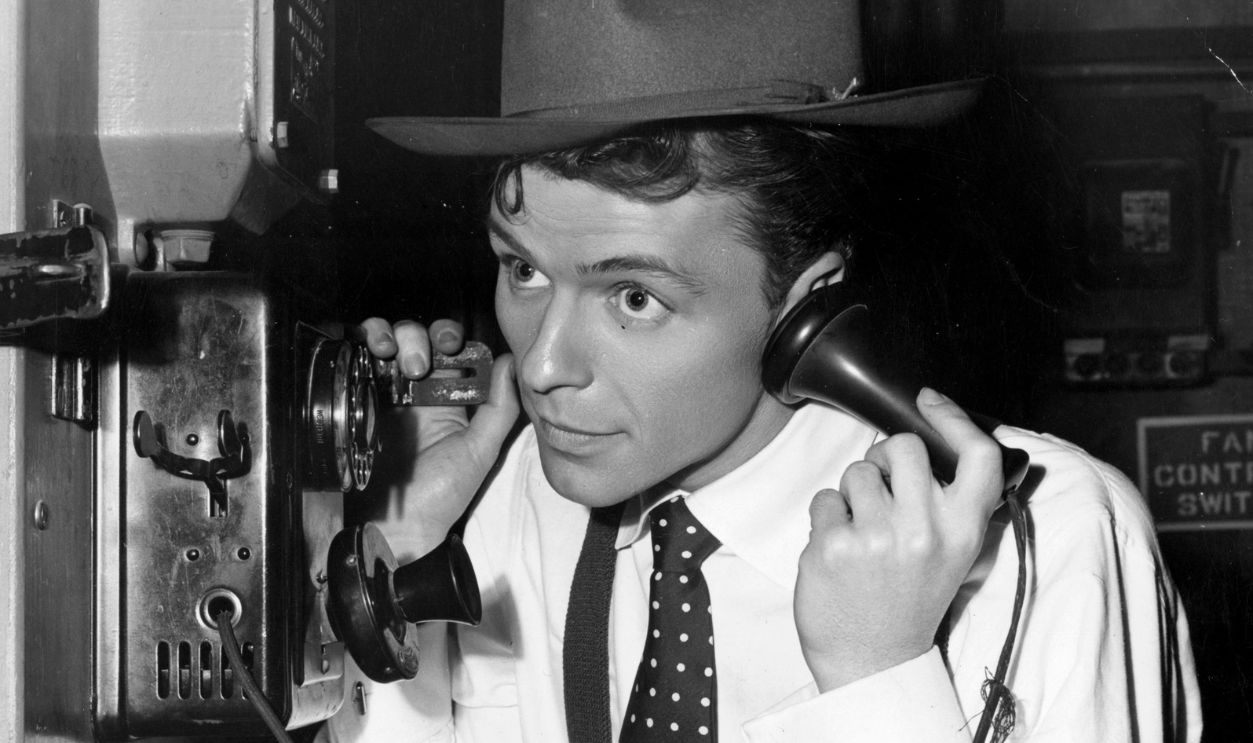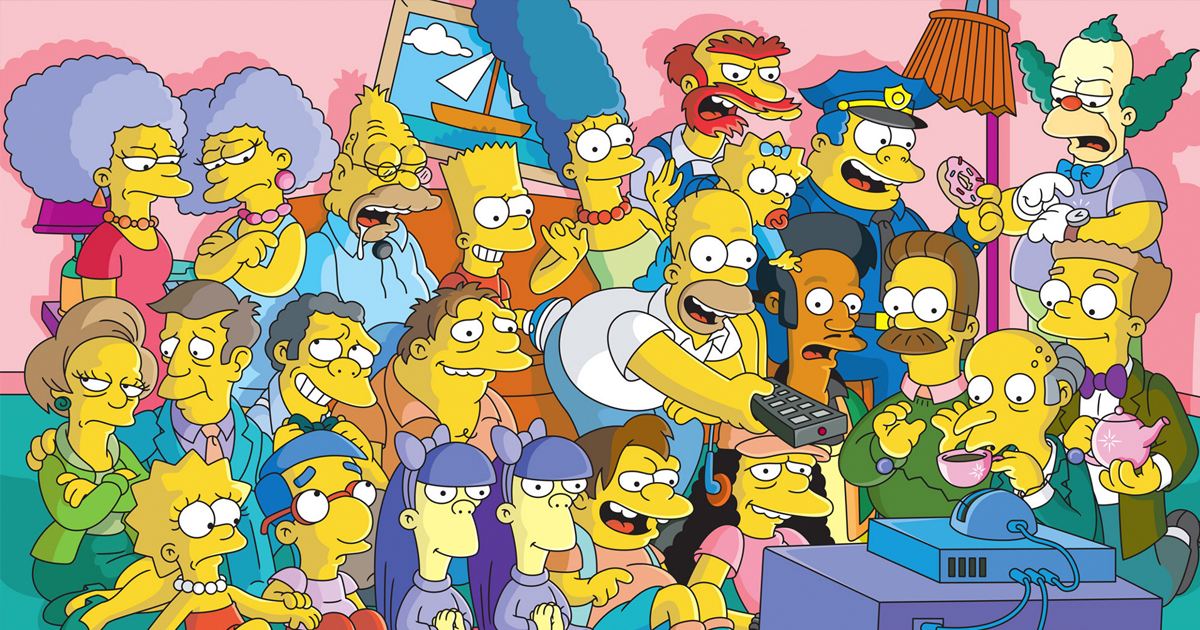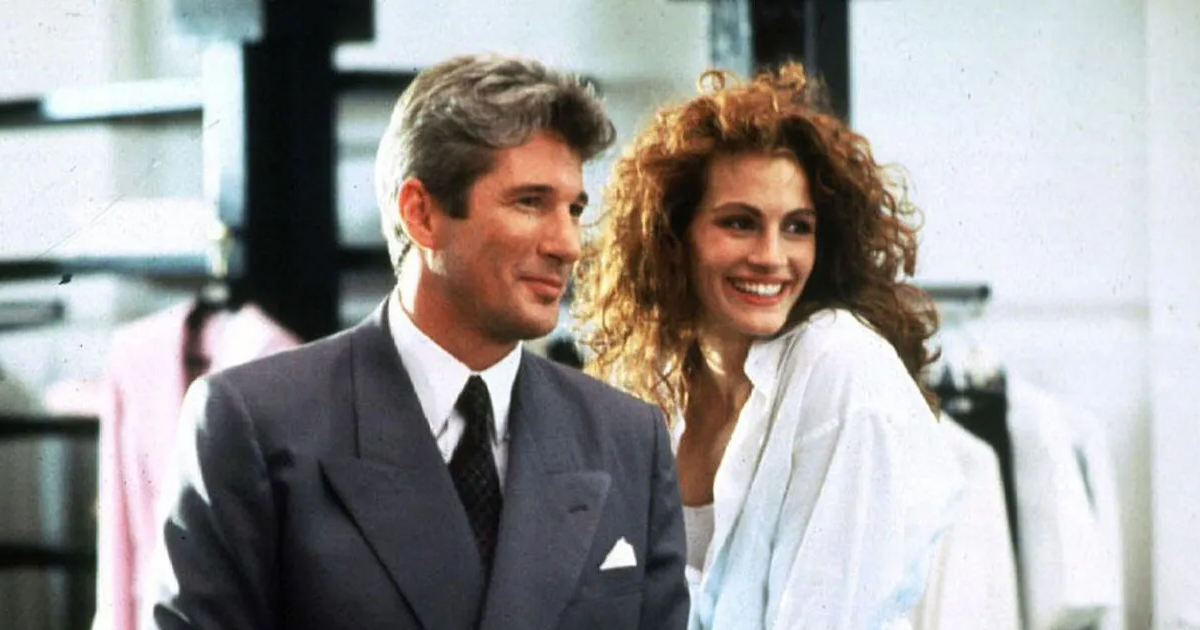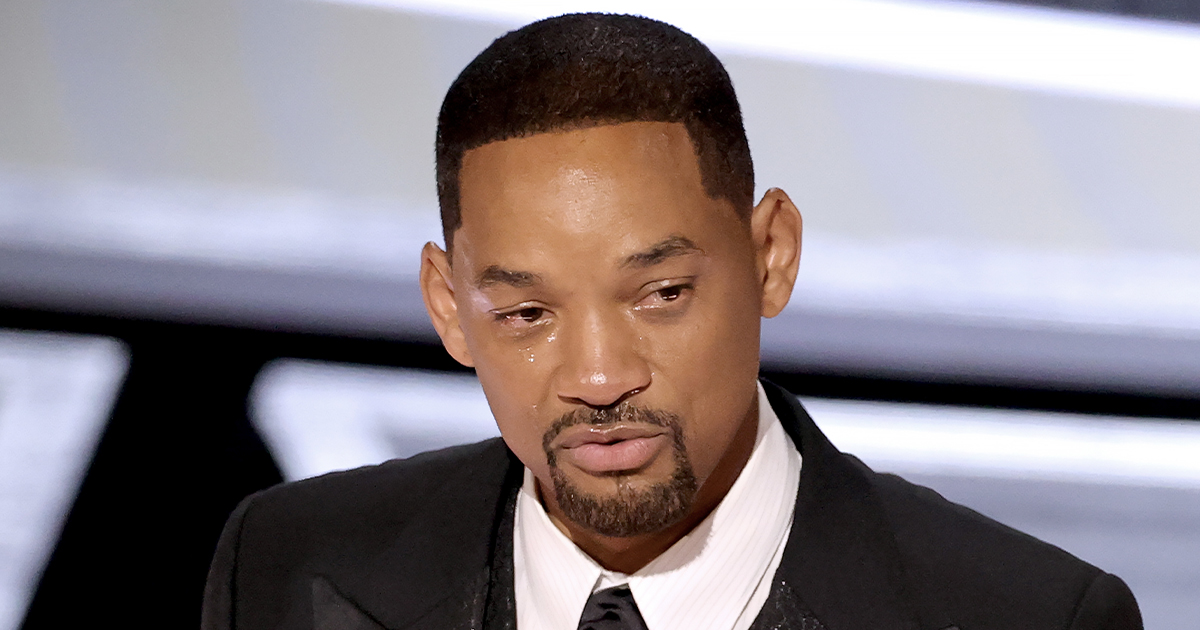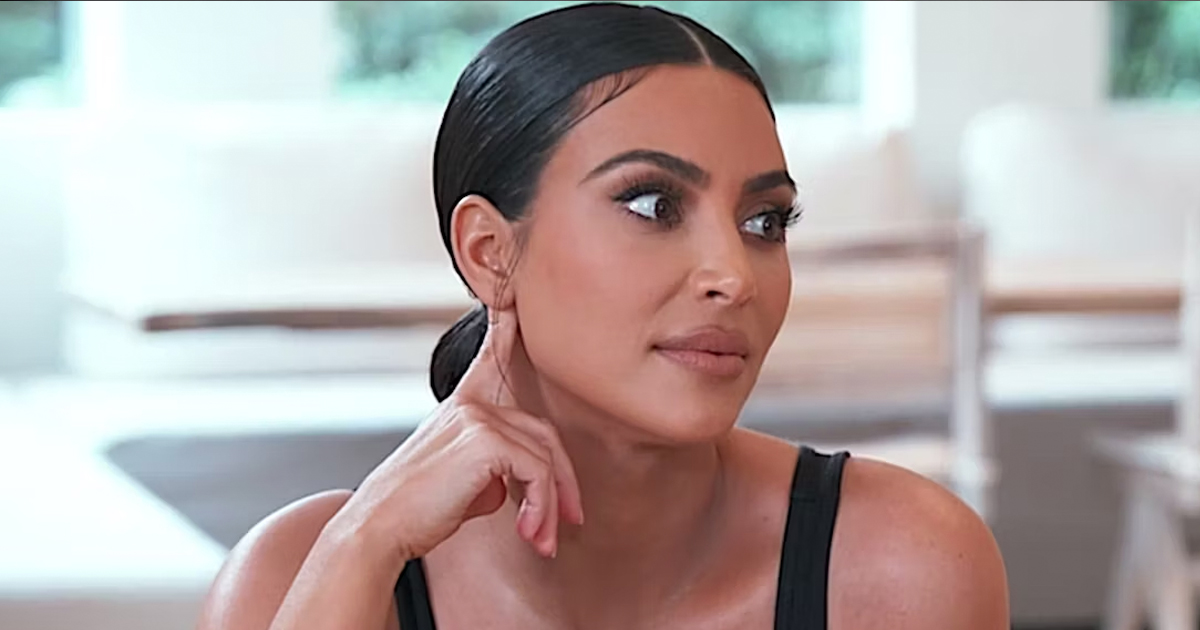The Chairman Faces a Chilling Rumor
After the Manson Family crimes in 1969, law enforcement and reporters uncovered talk of a supposed “hit list” that included several of Hollywood’s biggest stars. One of those names, according to multiple sources, was Frank Sinatra—who quietly (and not so quietly) took steps to ensure he wouldn’t be next.
The Summer That Shattered Hollywood
The Manson Family crimes in August 1969 didn’t just horrify the public—they changed how every celebrity lived. Behind the mansions and martinis, Hollywood’s elite realized that fame made them visible...and vulnerable. No one, not even Sinatra, felt untouchable anymore.
Who Charles Manson Was
Charles Manson, a small-time musician turned cult leader, developed a following that carried out violent acts meant to start chaos. In the aftermath, investigators and insiders spoke of a so-called “hit list” that allegedly targeted well-known entertainers.
Sinatra’s Name on the List
Among the rumored names were Elizabeth Taylor, Steve McQueen, Tom Jones—and Frank Sinatra. The idea that Hollywood’s most self-assured performer could appear on such a list was both surreal and unsettling for those close to him.
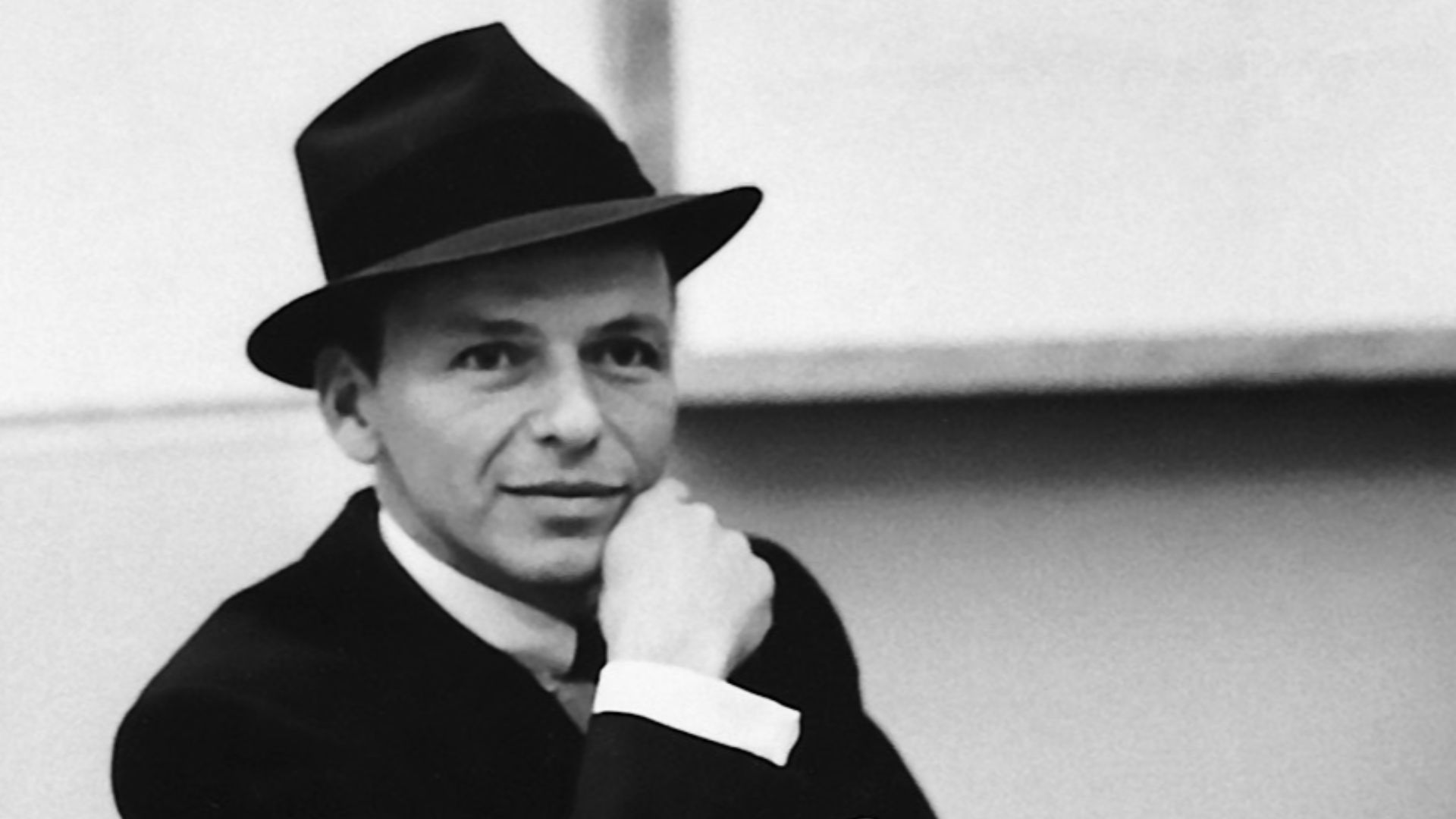 Capitol Records (File No. 3860-25). Photographer unknown., Wikimedia Commons
Capitol Records (File No. 3860-25). Photographer unknown., Wikimedia Commons
How Sinatra Heard the News
According to Joseph Paris, Sinatra’s longtime hairdresser, he first heard whispers through industry contacts. Paris later said Sinatra was visibly shaken, though he hid it behind a calm exterior. “Frank didn’t laugh it off,” Paris recalled. “He told me, ‘You don’t ignore something like that.’”
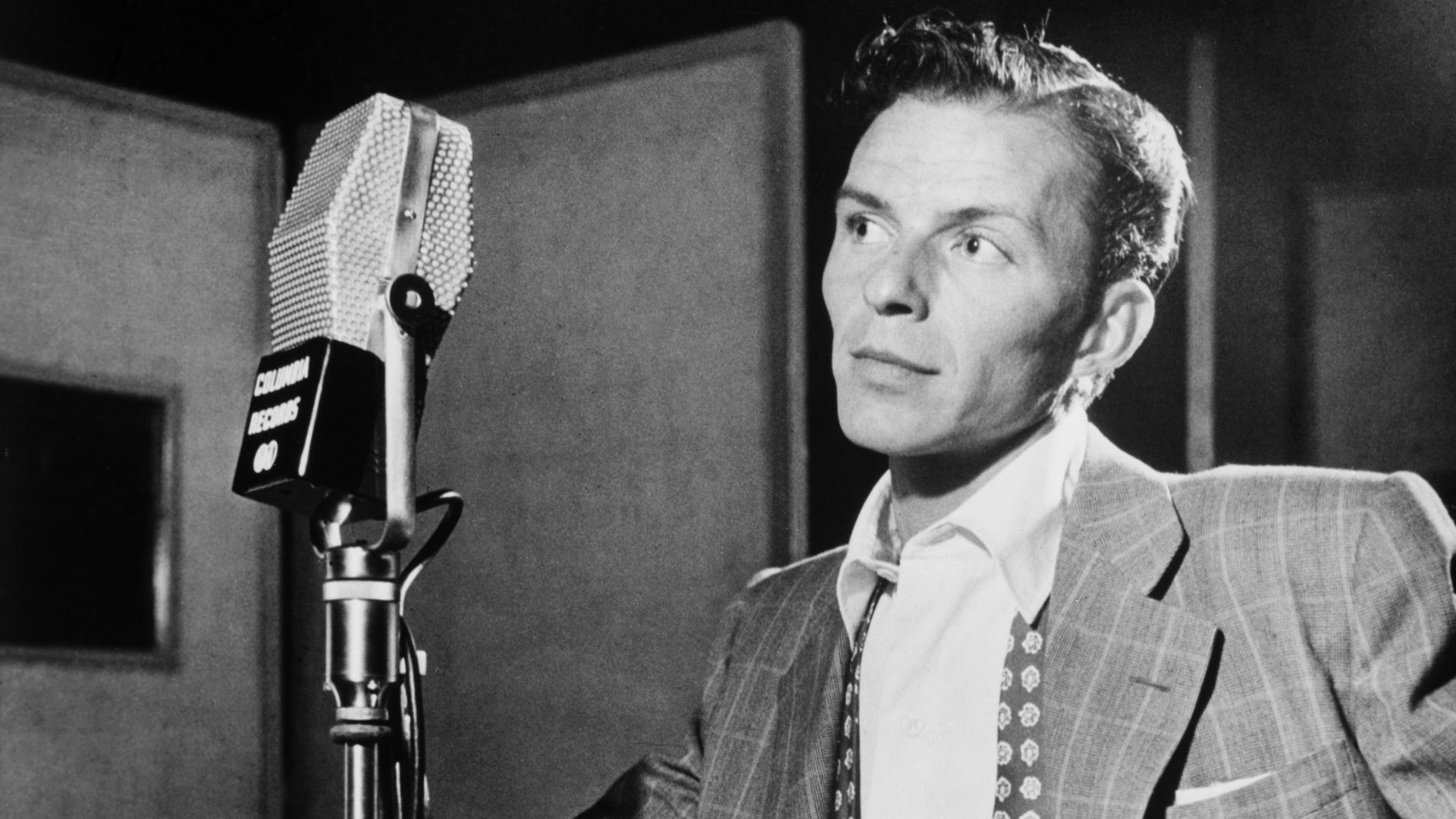 William P. Gottlieb, Wikimedia Commons
William P. Gottlieb, Wikimedia Commons
A Private Reaction
Sinatra’s first instinct was not denial but careful concern. Those around him recalled that he became quieter for a few days, thinking through next steps. “He could be tough as nails,” Paris said, “but when it came to safety, he didn’t take chances.”
 Photograph taken by George Hurrell for Metro-Goldwyn-Mayer (MGM)., Wikimedia Commons
Photograph taken by George Hurrell for Metro-Goldwyn-Mayer (MGM)., Wikimedia Commons
Taking Action
Rather than rely on others, Sinatra began making changes to protect himself. He reportedly tightened access to his Beverly Hills home, upgraded security systems, and ordered physical reinforcements to the property. It was a swift, deliberate response that reflected his practical nature.
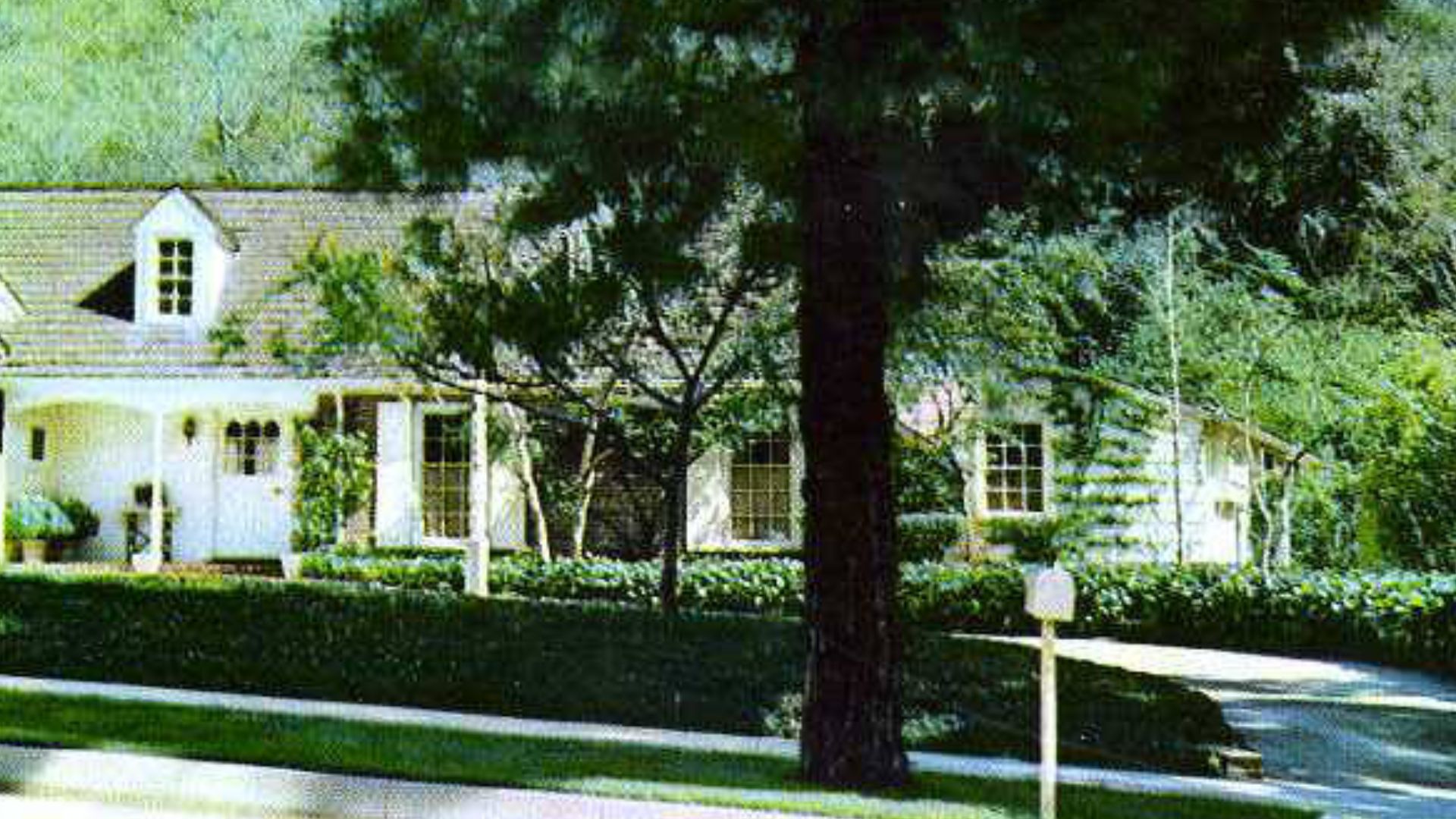 Unknown authorUnknown author, Wikimedia Commons
Unknown authorUnknown author, Wikimedia Commons
A Fortress in Beverly Hills
New gates, floodlights, and around-the-clock staff became part of his daily routine. The man who once entertained presidents now made sure no one could approach his door unannounced. As Paris put it, “He wanted to know who was outside before they even rang the bell.”
Bringing in Extra Protection
Alongside his staff, Sinatra began traveling with personal security whenever he left home. These were trained professionals—often former law enforcement—who maintained a careful presence at all times. It wasn’t for show; it was genuine protection.
Protective Companions
At home, Sinatra added two Doberman pinschers to the property. They were loyal, alert, and always nearby. He called them “my best security detail,” according to Paris, who noted the dogs became a familiar sight at Sinatra’s estate for years..
Discretion, Not Panic
Despite the precautions, Sinatra never made a public scene about the situation. Those who knew him said he wanted to appear composed. “He wasn’t one for showing fear,” Paris said. “But you could tell—he was thinking three steps ahead.”
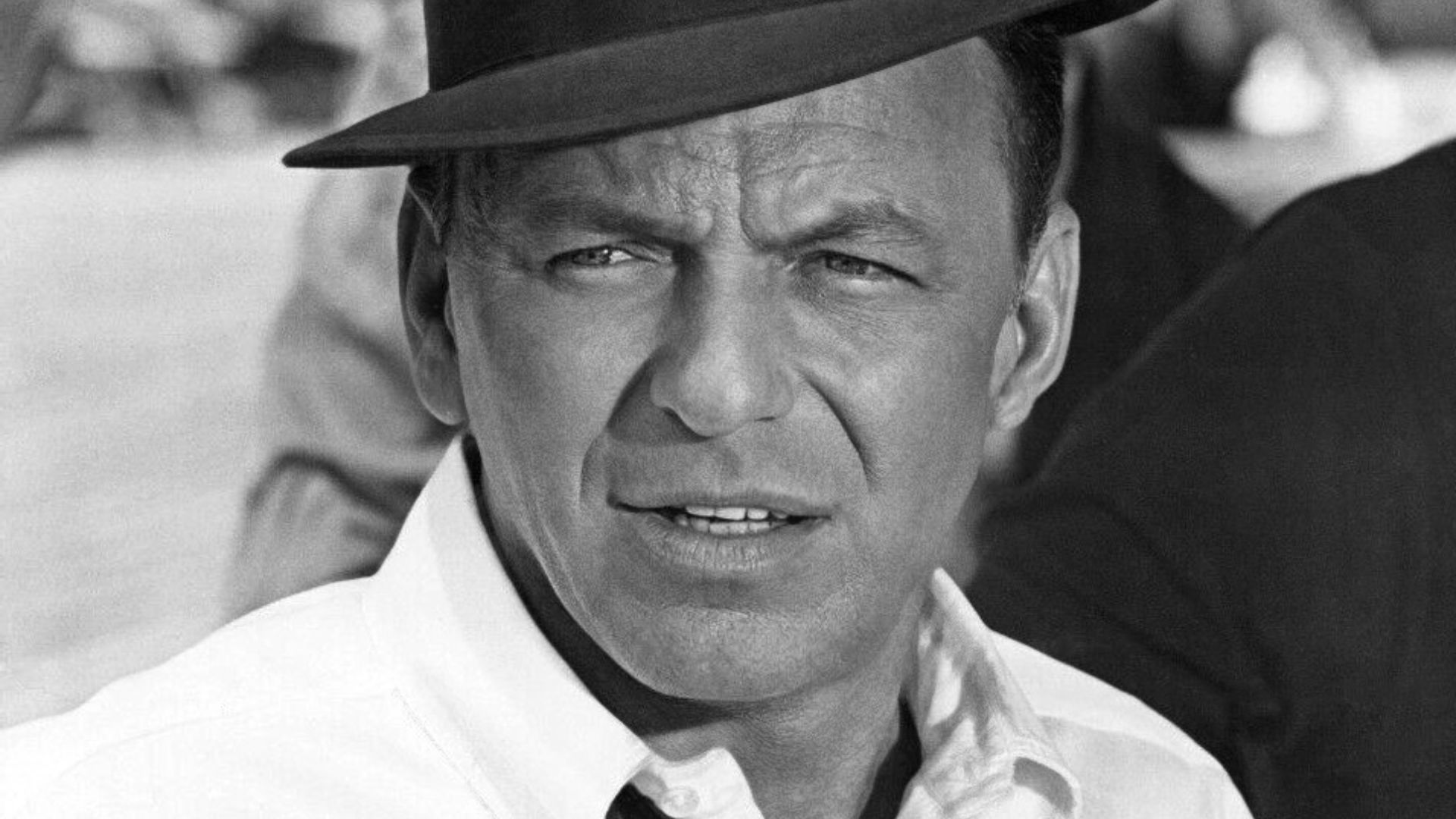 Distributed by 20th Century Fox. Photographer uncredited and unknown., Wikimedia Commons
Distributed by 20th Century Fox. Photographer uncredited and unknown., Wikimedia Commons
Fear Behind the Confidence
Even with all his bravado, the tension was there. Paris remembered Sinatra saying quietly, “You do what you have to do.” That became his motto for the next few months. It wasn’t fear—it was a practical response to a real concern.
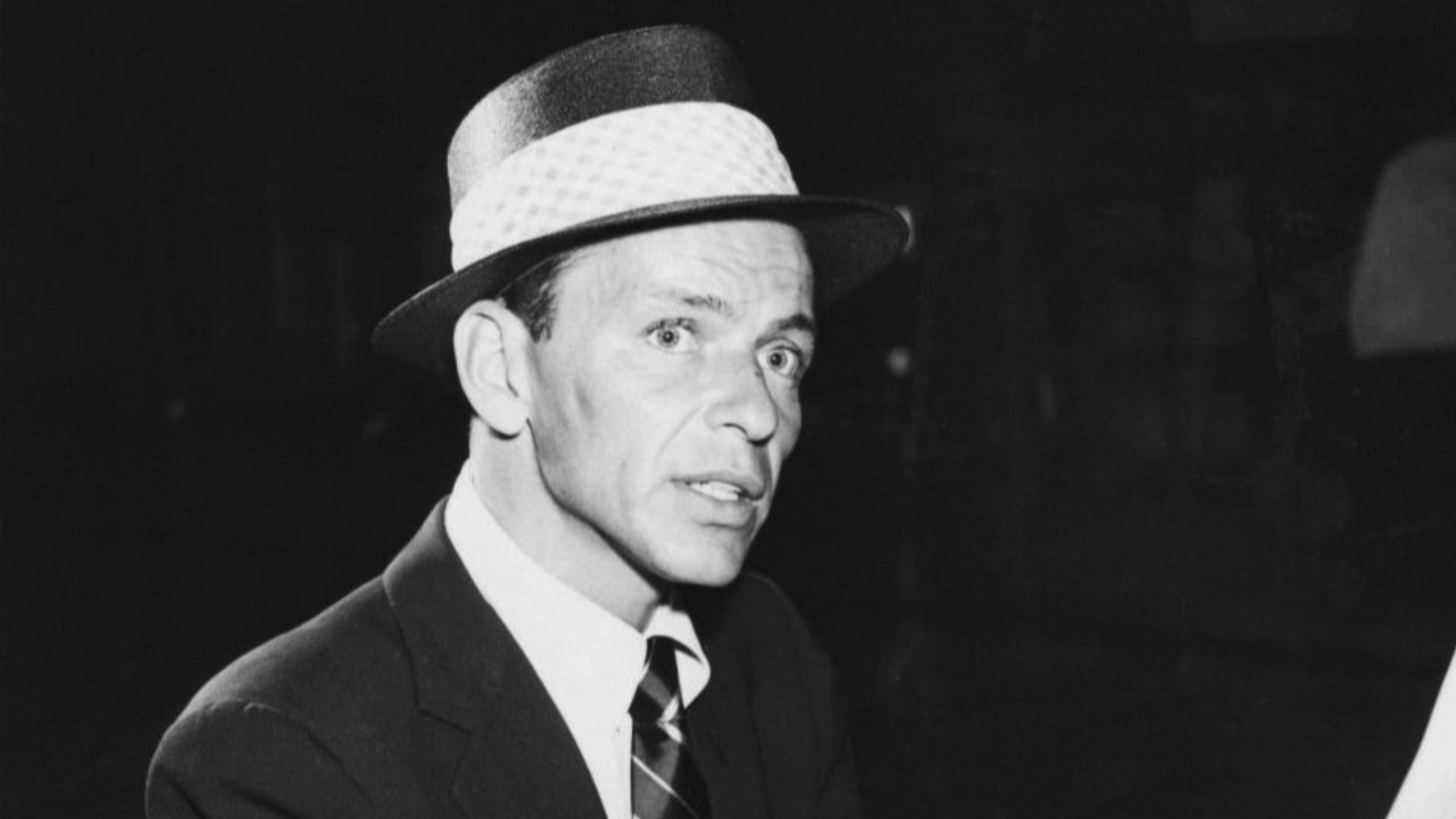 NBC Television, Wikimedia Commons
NBC Television, Wikimedia Commons
A City on Edge
Sinatra’s reaction mirrored the mood in Hollywood. Stars across Los Angeles were hiring private security, adding alarms, and rethinking their public schedules. Rolling Stone later wrote that after the crimes, “Everyone in Hollywood locked their doors for the first time.”
Fellow Celebrities Take Notice
Steve McQueen reportedly began carrying protection everywhere he went, telling a friend, “You can’t be too careful right now.” The shared anxiety among stars made Sinatra’s response look less like paranoia and more like smart preparation.
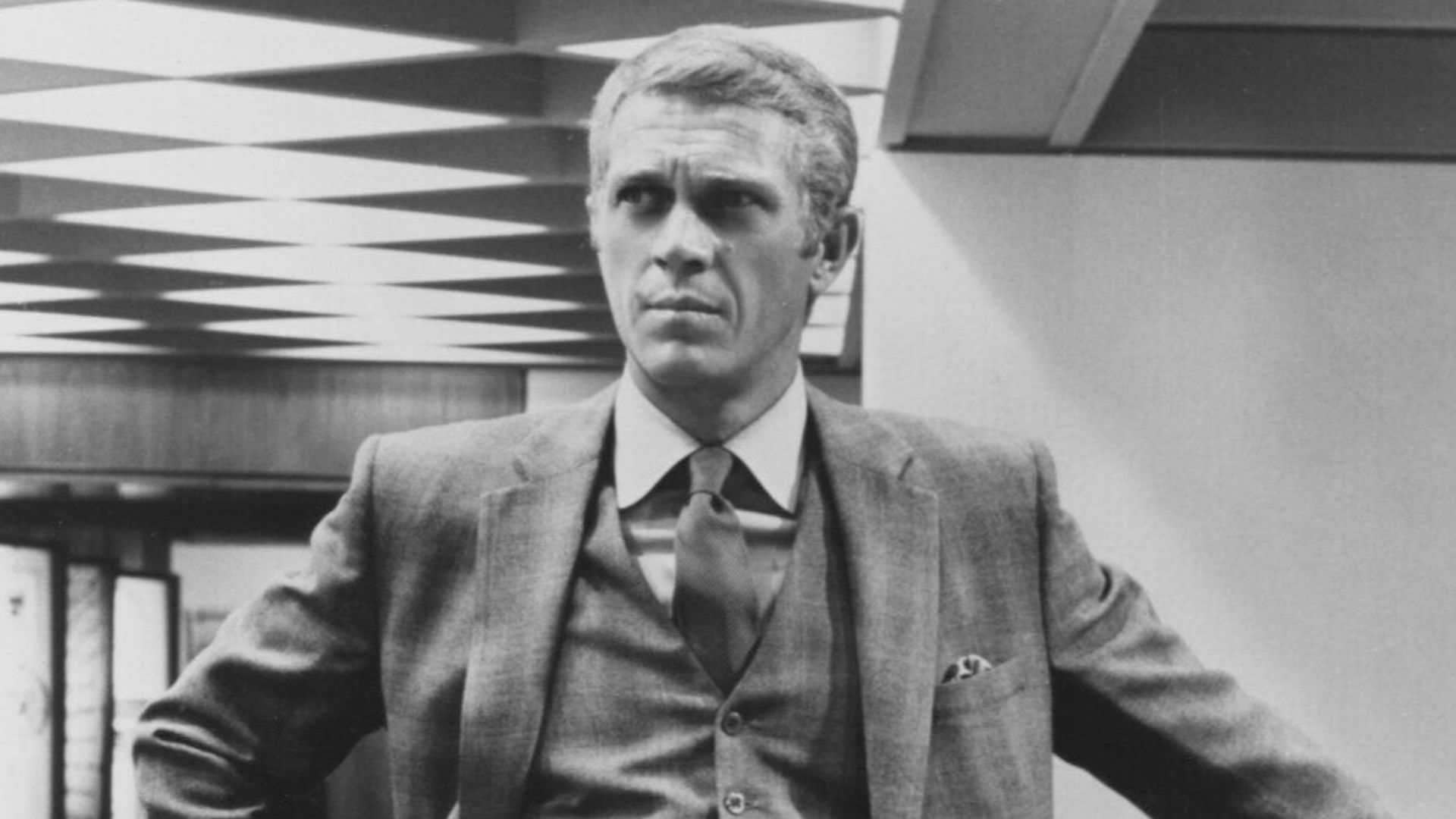 Unknown authorUnknown author, Wikimedia Commons
Unknown authorUnknown author, Wikimedia Commons
The Power of Image
For someone whose identity was built on control and confidence, Sinatra’s decision to fortify his world said a lot. He wasn’t abandoning his image—he was protecting it. Safety became part of the Sinatra brand, handled quietly but thoroughly.
 20th Century Fox, Wikimedia Commons
20th Century Fox, Wikimedia Commons
A Temporary Withdrawal
During this time, Sinatra reduced public appearances that weren’t essential. He focused on performances and kept social gatherings small. Friends said he preferred “staying in and keeping things tight” until he knew the situation had calmed.
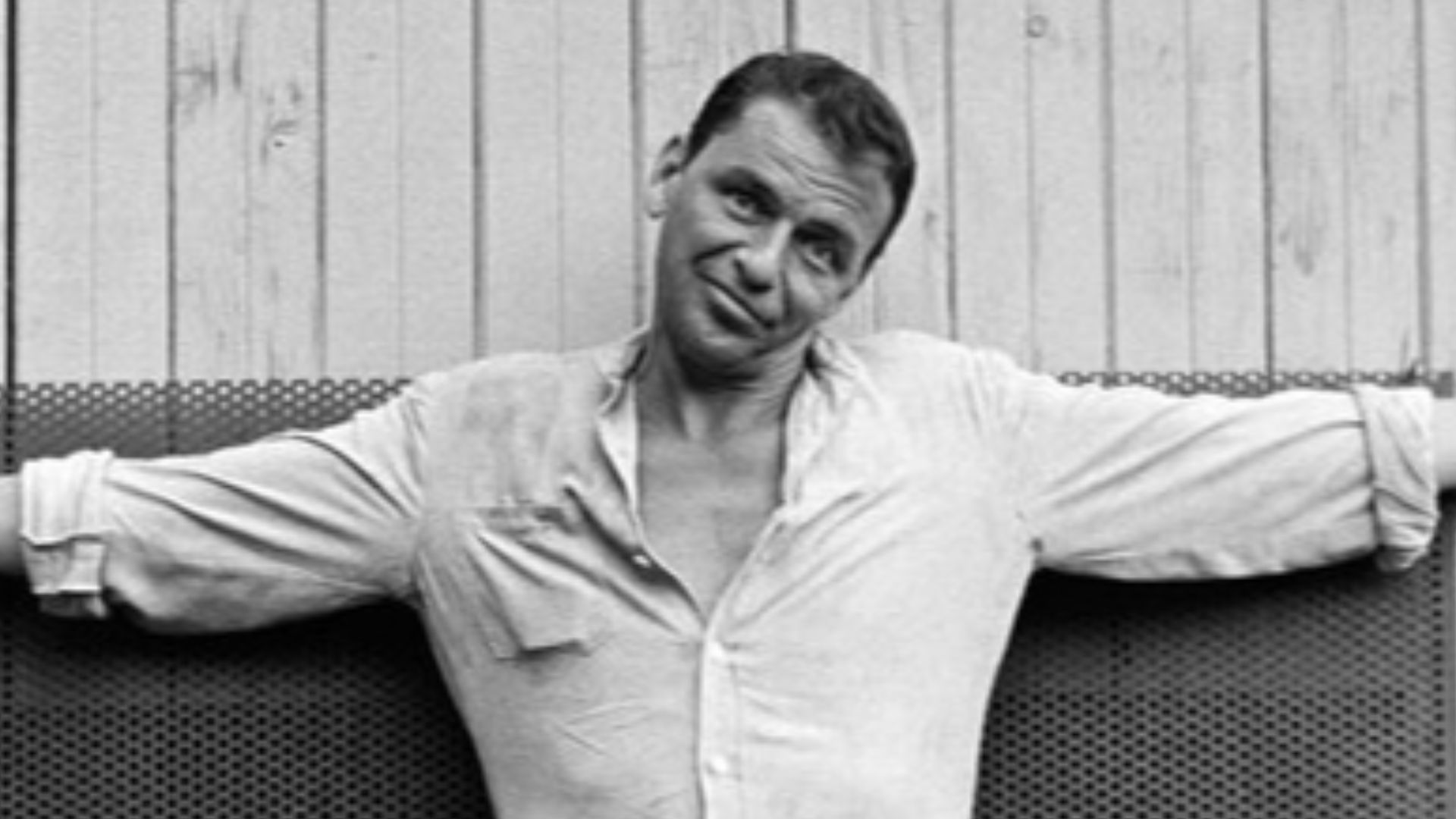 Philippe Halsman, Wikimedia Commons
Philippe Halsman, Wikimedia Commons
The Arrests Bring Relief
When law enforcement apprehended Charles Manson and several of his followers later that year, relief swept through Hollywood. The immediate fear eased, but Sinatra didn’t immediately relax his precautions—he knew how quickly peace could shatter.
Reflection After the Threat
Friends said Sinatra occasionally referenced that period with a mix of frustration and relief. “He said it made him realize how exposed famous people really were,” Paris wrote. “He was glad it was over—but he never forgot it.”
Did the List Really Exist?
To this day, the so-called “hit list” remains unverified in any official record. Still, multiple firsthand accounts and media reports from those close to the investigation suggest the rumors were taken seriously by both celebrities and law enforcement.
Sorting Fact from Fear
Even if some details were exaggerated by tabloids, the reaction across Hollywood shows how real the fear was. Sinatra’s own actions—documented by those around him—reflect that he believed the threat could be genuine.
 Michael Ochs Archives, Getty Images
Michael Ochs Archives, Getty Images
The Private Sinatra
This episode offered a rare look behind the public image. Beneath the tuxedo and the confidence was a cautious, pragmatic man who took warnings seriously. He may not have said much about it, but he acted decisively.
Hollywood’s Wake-Up Call
The aftermath changed how stars approached fame. Security firms flourished, homes were redesigned for privacy, and celebrity caution became the new normal. Sinatra’s reaction wasn’t panic—it was the blueprint for how Hollywood adapted.
A New Kind of Control
For Sinatra, control was everything—over his music, his business, and his reputation. Strengthening his protection fit that philosophy perfectly. “Frank always wanted the upper hand,” Paris said. “That’s just who he was.”
Back to Business
Within a year, Sinatra had resumed full public activity. Concerts, travel, and appearances returned to his schedule. But those close to him said the experience had permanently changed how he handled his personal safety and who he trusted.
 Pictorial Parade, Getty Images
Pictorial Parade, Getty Images
Legacy of the Incident
Looking back, the story stands as a moment when one of America’s most confident icons faced a genuine threat and responded with focus, not flair. It humanized him—and showed that even legends take precautions when the world changes.
 Silver Screen Collection, Getty Images
Silver Screen Collection, Getty Images
You Might Also Like:
Sammy Davis Jr. Was The Most Talented Man In The Rat Pack—But Even They Never Fully Accepted Him
Frank Sinatra’s Rider Demands Were Wild

